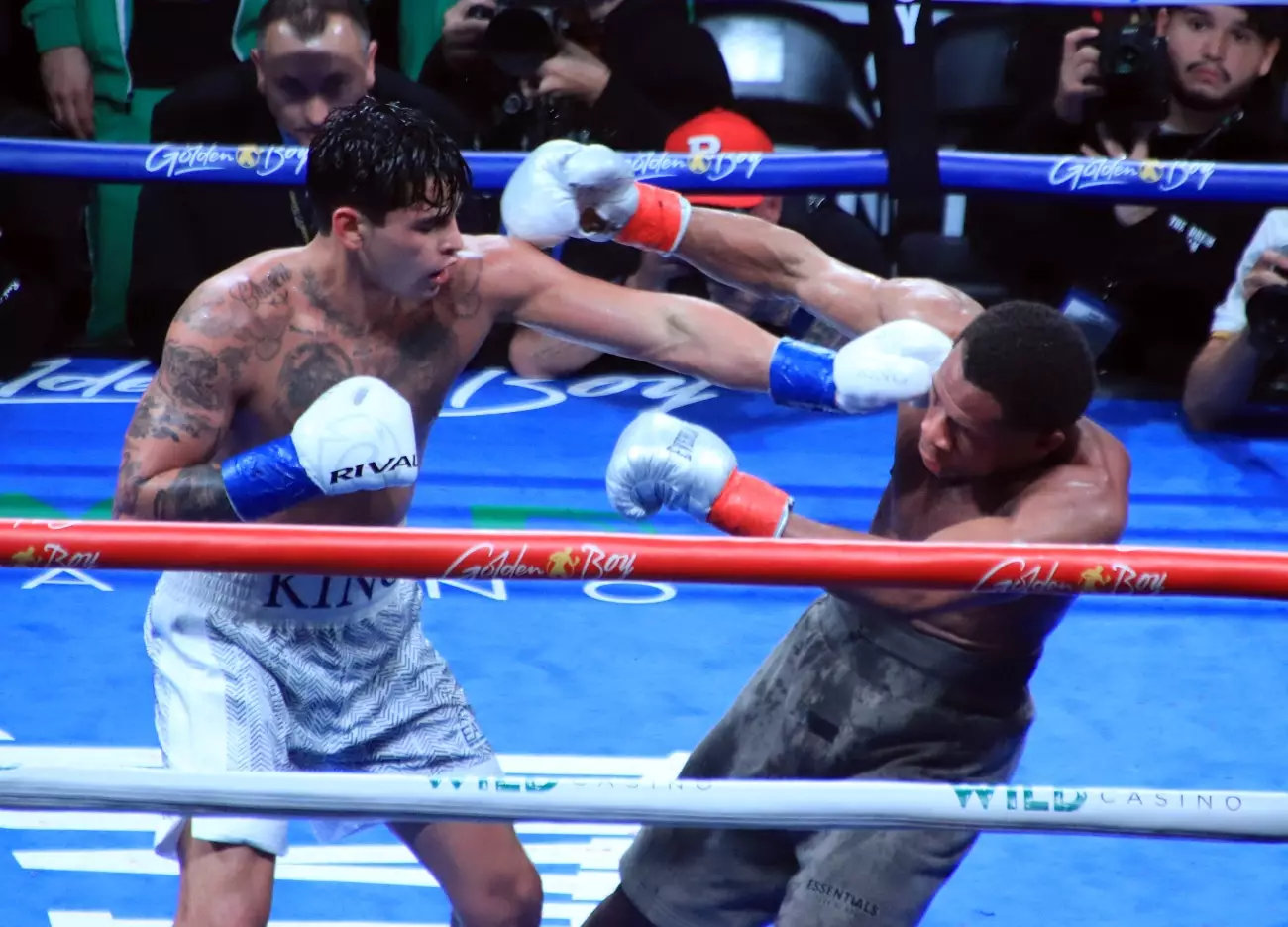Boxing enthusiasts often find themselves navigating a sea of rankings, each offering a unique perspective on the sport’s elite competitors. Among these, the Ring Magazine has carved out a reputation as “The Bible of Boxing,” a trusted source for in-depth analysis and updated rankings. With their recent release of the new pound-for-pound top 10 list, it’s vital to critically examine the choices made and their implications for the sport.
Using rankings as a measure of success often sparks debate among fans. While no list can please every boxing aficionado, the Ring Magazine’s latest rankings certainly offer a compelling snapshot of current talent, spotlighting fighters who are making waves in their respective weight classes.
At the pinnacle of the list sits Oleksandr Usyk, the undefeated heavyweight champion, whose technical prowess and tactical acumen have garnered him widespread acclaim. Given his accomplishments, including multiple heavyweight titles, it’s easy to see why he is considered the top fighter by Ring Magazine. His victory over Anthony Joshua solidified his standing and showcased his elite status in the boxing landscape. However, opinions vary on whether he truly deserves this position over other contenders.
Right behind Usyk are Naoya Inoue and Terence Crawford, both of whom have outstanding credentials in the boxing world. Inoue, the super bantamweight sensation, has been tearing through his competition with a remarkable knockout ratio, making a strong case for his position. Similarly, Crawford’s finesse and ability to adapt during fights have endeared him to many fans, leading to discussions about whether he should be the one in the top spot.
An interesting point of contention arises with Devin Haney’s presence in the top 10, especially following his controversial no-contest bout against Ryan Garcia. Some argue that his ranking is justified given his previous accolades, while others question whether a fighter with such recent setbacks should remain in elite company. Such debates raise essential questions about how performance, controversy, and public perception intermingle in evaluating a boxer’s status.
Furthermore, the diverse representation across weight classes in this list highlights the depth of talent currently in boxing. With champions from heavyweight to super flyweight, it’s a reminder of the sport’s rich tapestry and the exceptional athletes training tirelessly to climb the ranks.
Ultimately, the Ring Magazine’s pound-for-pound rankings serve not only as a reflection of the current landscape in boxing but also as a catalyst for discussion among fans and analysts alike. Baseball fans might consider these rankings highly subjective; yet, they remain an integral part of the sport’s fabric. As fighters come and go, and new contenders emerge, it remains essential for commentators and fans to keep the dialogue alive regarding who truly deserves recognition in boxing’s ever-competitive arena.
The question persists: how do we fairly assess and rank the very best? Perhaps at the heart of the matter lies a shared passion for the sport, a desire for accuracy, and a recognition that rankings, while imperfect, spark engagement and admiration for the art of boxing. As the debate rages on, fans can only watch and wait as the next generation of fighters steps into the ring, ready to challenge the established order.

